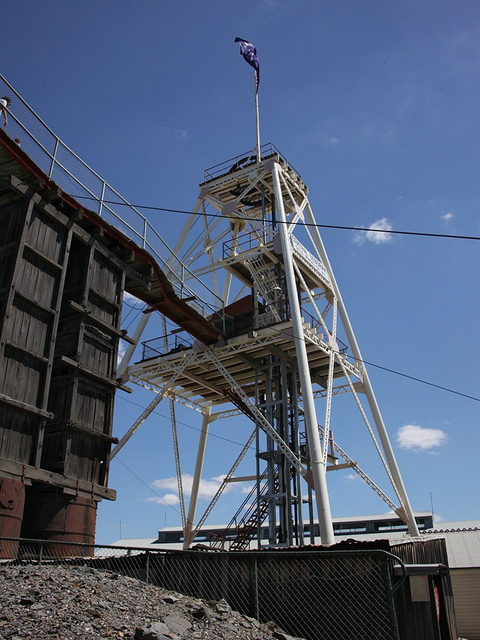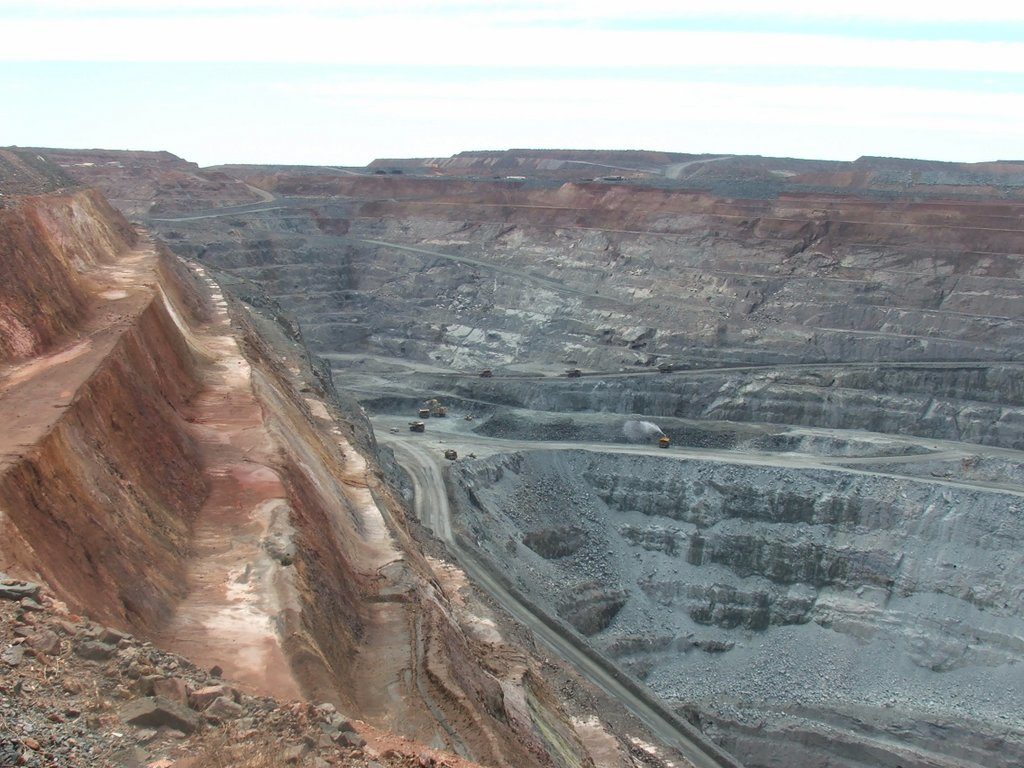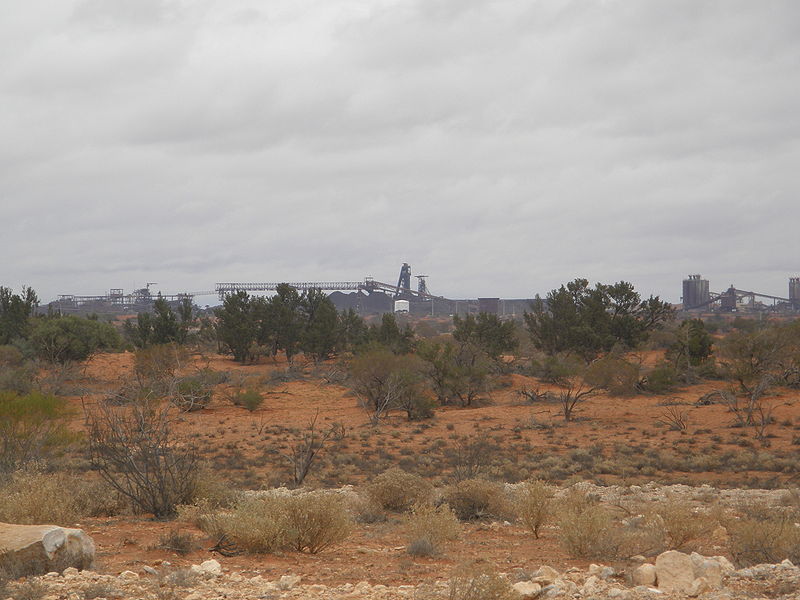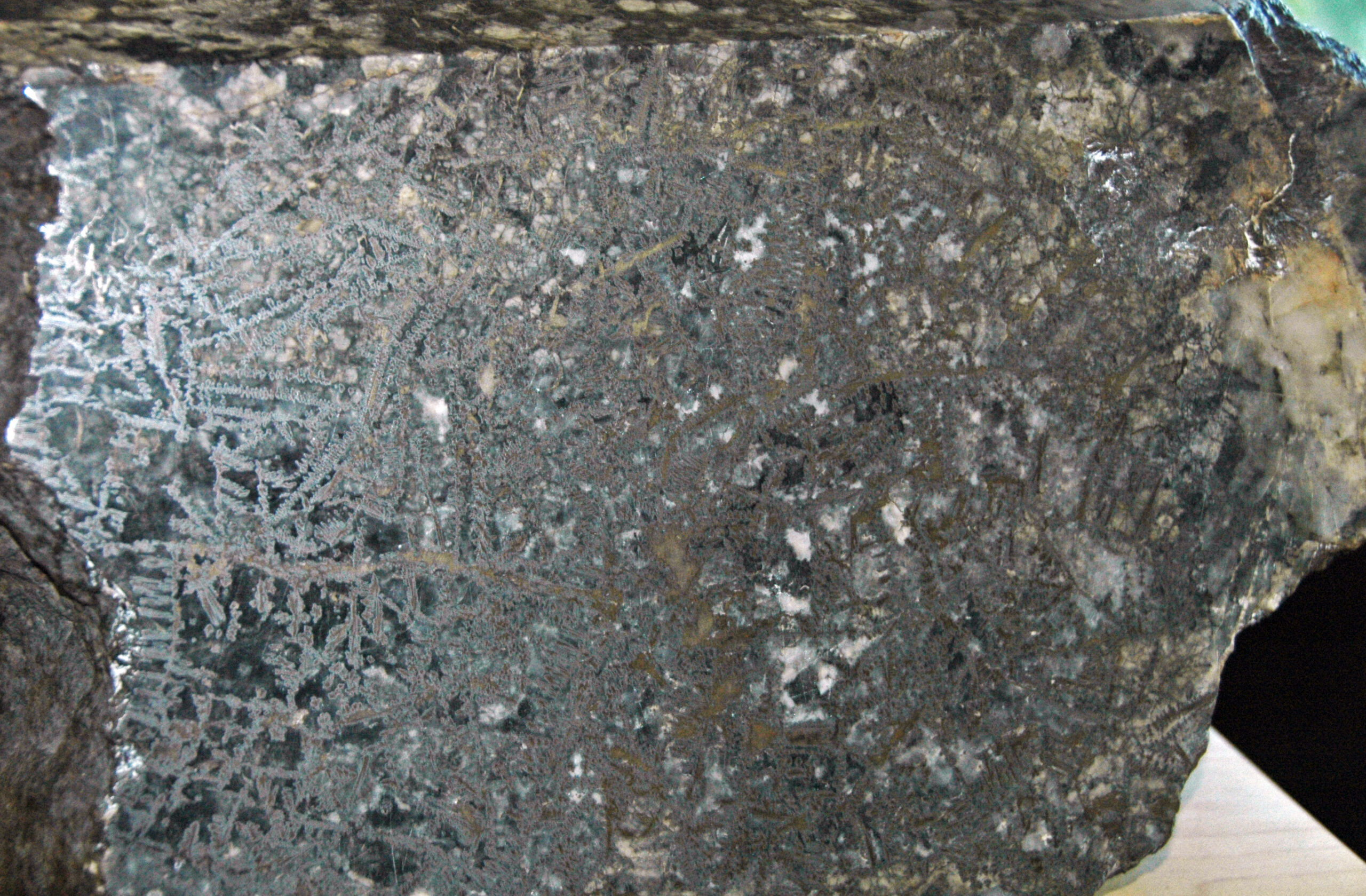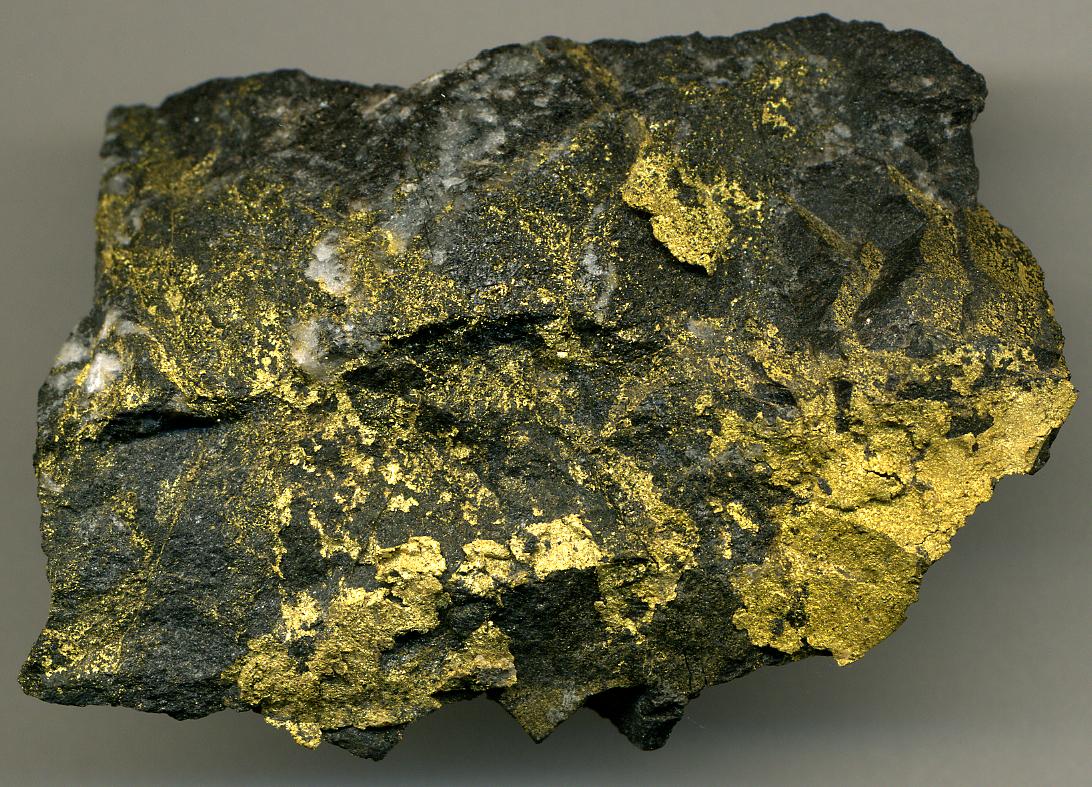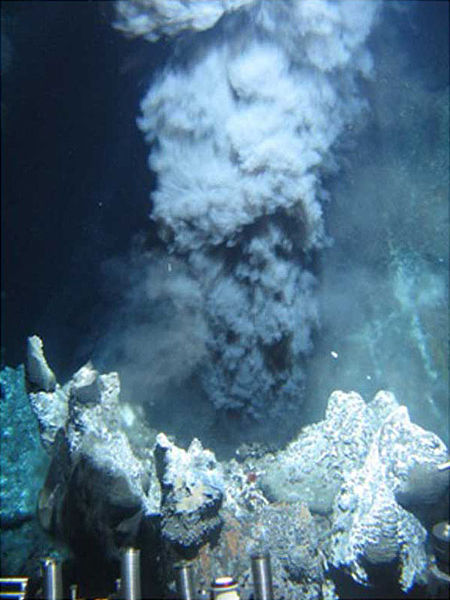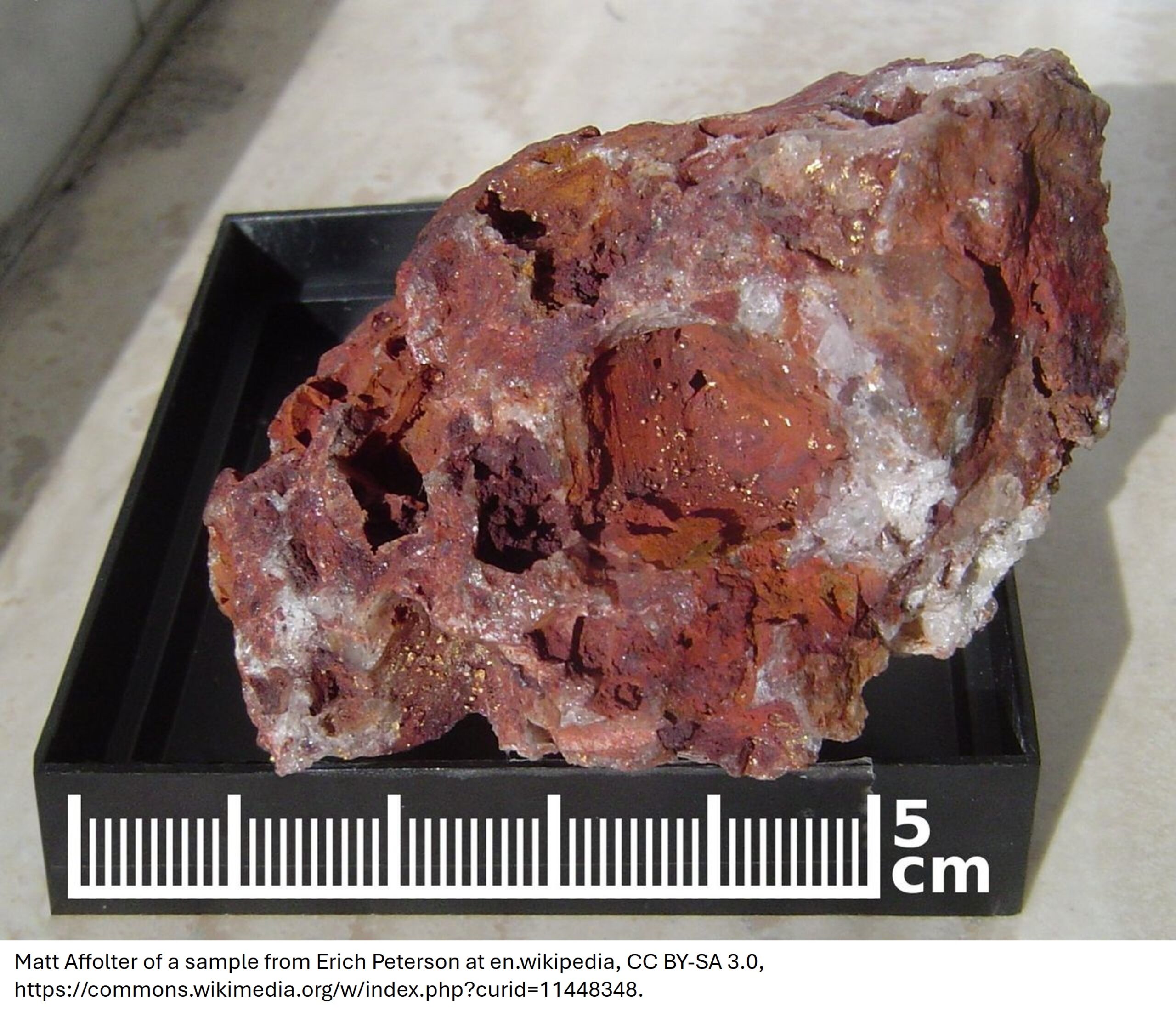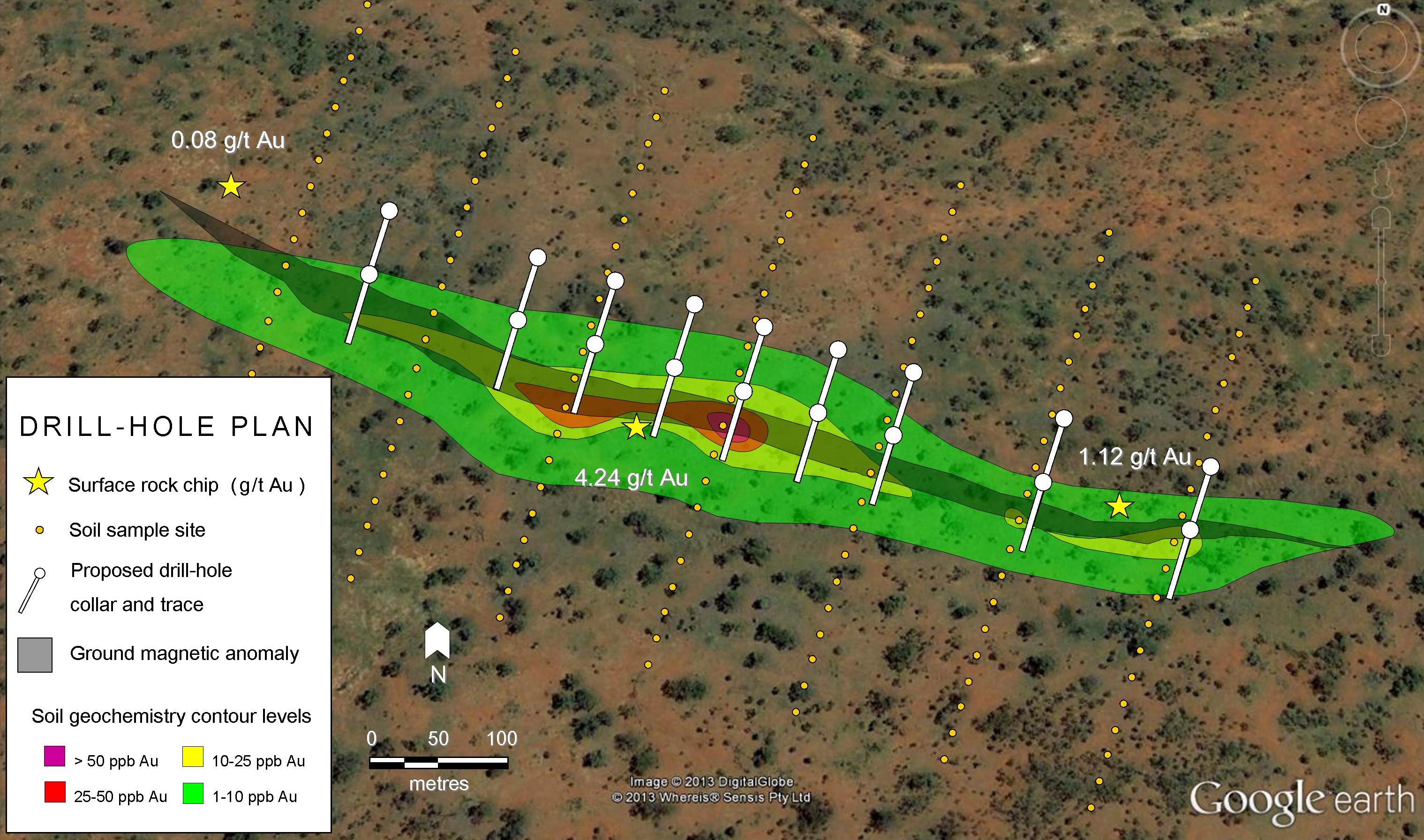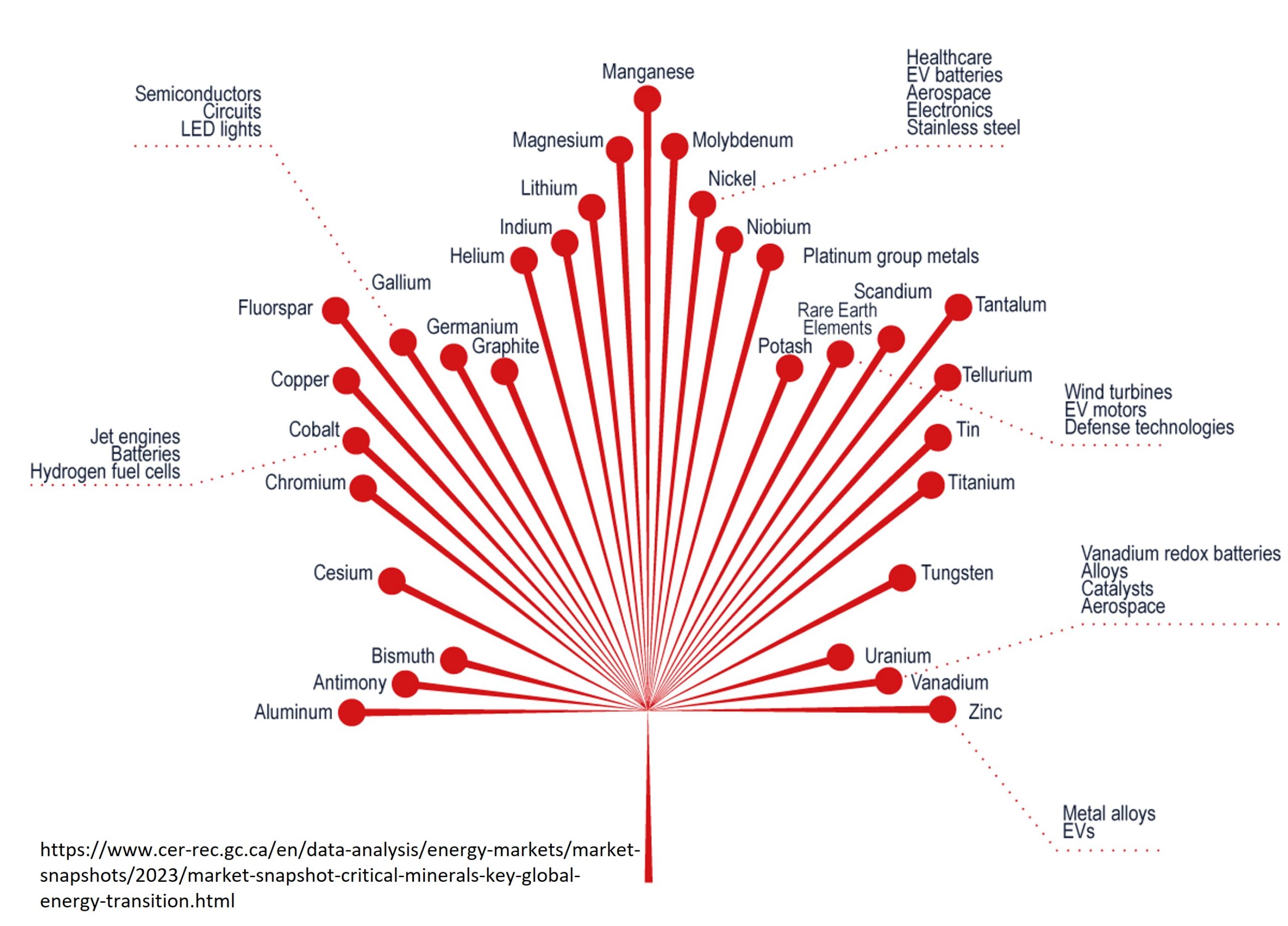The aluminum deposits near Weipa in the York Peninsula of northern Queensland, Australia are among the largest and highest grade lateritic bauxite deposits in the world (Figure 1). Their size, grade and location have made them commercially important due to the low costs associated with mining and transporting bauxite from them.

Infrastructure
Bauxite handling, processing and stockpiling facilities are located at Weipa’s major port facility. Here, bauxite is screened and washed to remove fine particles of clay which degrades the product. This process of improving the grade of the ore is called beneficiation. The bauxite is then stockpiled in readiness for loading onto ships for export or to be is shipped to Gladstone, Queensland where the bauxite is processed into alumina. After refining, some of the pure alumina is transported to nearby smelters in the Gladstone region. Refining of alumina requires large amount of power, which makes it economic to ship the raw material to locations with cheap power contracts. Alumina is shipped from Gladstone to smelters at Bell Bay, Tasmania or Tiwai Point, New Zealand.
Rio Tinto Alcan, the owner and operator of most of the vast bauxite deposits around Weipa, plans to extend mining to the south of the existing operations. This will include building new infrastructure such as a power station, processing plant, warehouses, workshops, barge and ferry facilities as well as ship loading facilities. Rio Tinto Alcan claims that this new bauxite project, 45 km southwest of Weipa, will extend the life of bauxite mining in the area by at least another 40 years. Wepia exported 34.5 Mt of bauxite in 2022.
Description of the deposits
The bauxite deposits in the Weipa area consist of a 1-2m layer of pisolitic or pea-sized bauxite. The ore is banded, including alternating bands of aluminum ore minerals including gibbsite and boehmite, alternating with clay-rich and iron-oxides including hematite and goethite. (Figure 2).
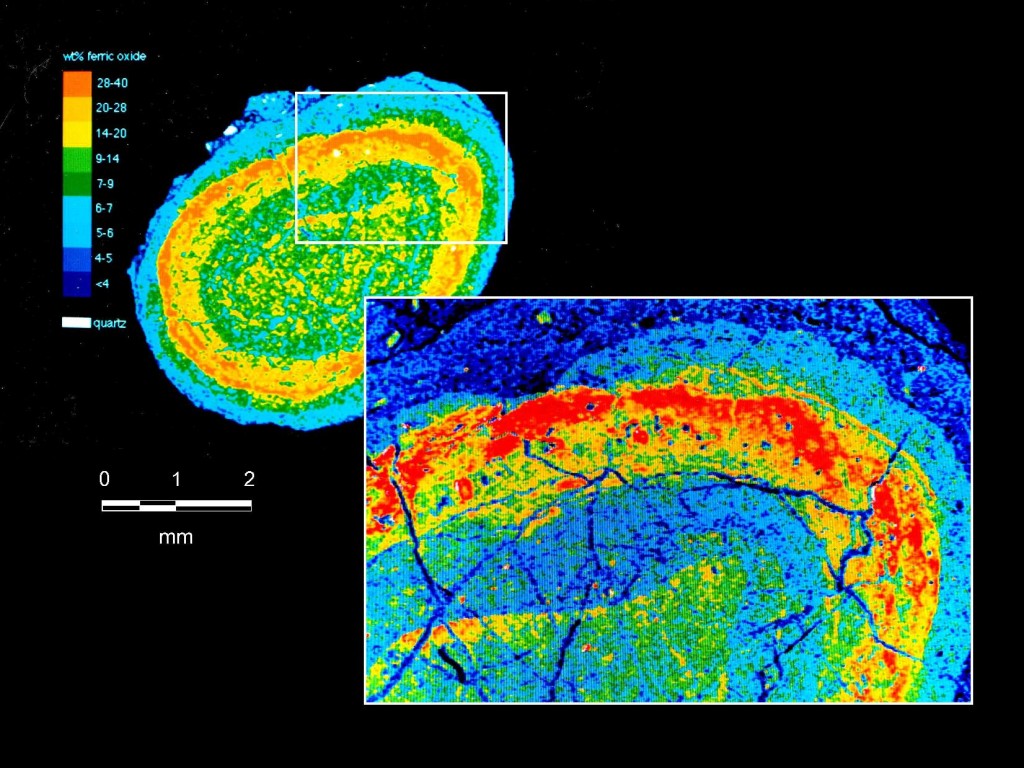
The bottom part of the bauxite layer tends to have a higher proportion of the ore mineral gibbsite while the top is more boehmite-rich.
Although both minerals are high in aluminium, the gibbsite-rich ore is more valuable than the boehmite, because it’s cheaper to process.
Other minerals present in Weipa’s bauxite include kaolinite, quartz, hematite, goethite and anatase. However, depending on their abundance, these minerals can result in downgrading of the bauxite.
Formation of the deposits
The Weipa bauxite is believed to have formed by deep weathering of clay-rich sands of the Bulimba Formation, which were deposited during the Tertiary period, or 65 to 2 million years ago. Just 15 km northwest of Weipa at a locality called Andoom, siltstone of the Rolling Downs Group, formed during the Cretaceous period, or 145 to 66 million years ago, is thought to be the parent material for the overlying bauxite.
Australian researchers studying manganese concretions at nearby Groote Eylandt showed that the deposits were formed during three periods of intense weathering. The first occurred around 44 million years ago, another 30 million years ago and the last during an extended period spanning 18 to 6 million years ago. The researchers concluded that such periods of intense weathering attributed to wet and humid climatic conditions were widespread throughout the world during these times. It is likely that the bauxite deposits around Weipa formed at the same time as the manganese deposits on Groote Eylandt, Northern Territory .
Companies Referenced
Further Reading
Subscribe for Email Updates

